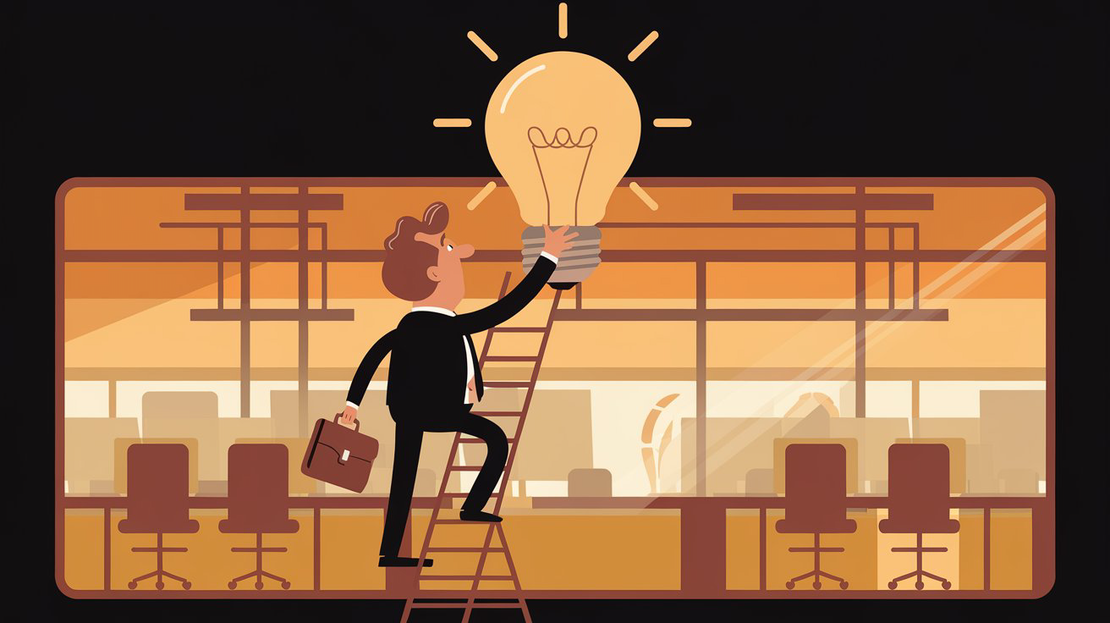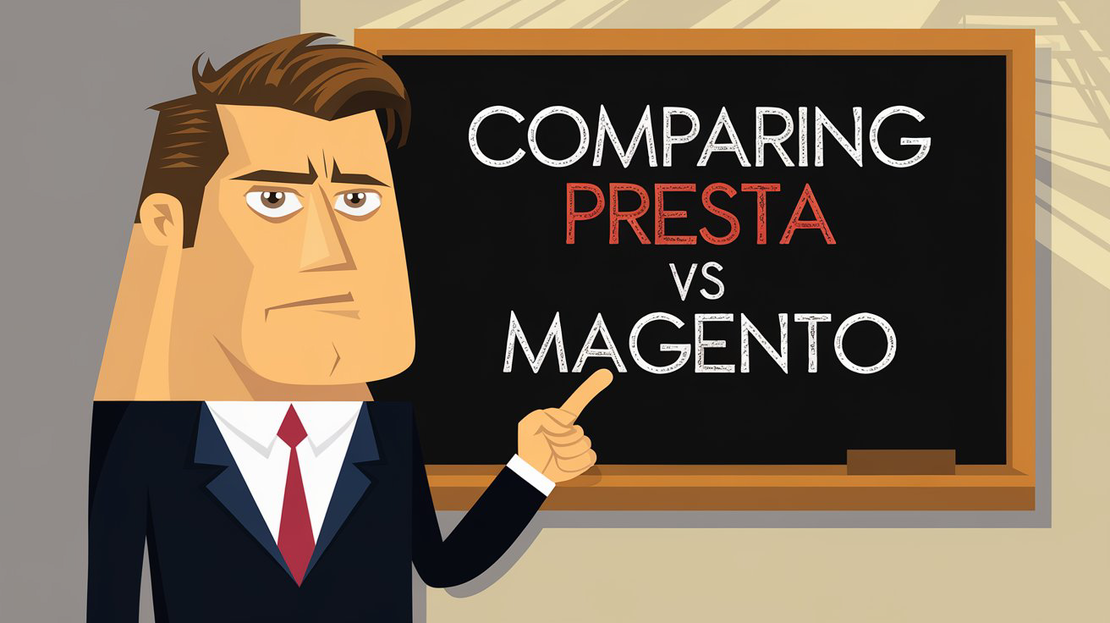
Upgrade Your Magento 2 Store: Timing Guide
- Piotr Wilniak
- Magento 2 , E commerce , Optimization
- December 1, 2024
Table of Contents
Choosing the right time to upgrade your Magento 2 store can be daunting. In this comprehensive guide, we break down the decision-making process into manageable steps. We highlight common challenges that necessitate an upgrade, such as increased traffic, outdated technology, and feature enhancements. Additionally, we discuss the potential risks of delaying upgrades, such as security vulnerabilities and lost competitive edge. With expert insights and practical tips, this article is your go-to resource to ensure that your upgrade strategy aligns with your business goals and growth trajectory.
The Critical Role of Timing in Magento 2 Upgrades
In the fast-paced world of e-commerce, timing is everything when it comes to upgrading Magento 2.
Upgrading at the right time can lead to a significant boost in store performance—potentially by as much as 30%. This improvement translates to:
- Better user experiences
- Faster load times
- Higher conversion rates
For example, a store that makes $500,000 a year could see sales jump by up to $150,000 just by optimizing its performance with timely upgrades.
On the other hand, putting off upgrades can have serious consequences. Research shows that delaying essential updates can increase security vulnerabilities by up to 50%. This increased risk not only threatens customer data but can also lead to costly breaches that harm brand reputation and result in hefty fines. A single data breach could cost an average business over $3 million in recovery and lost revenue.
So, choosing the right time to upgrade isn’t just about convenience; it’s a strategic move that greatly impacts performance and security.
Key Indicators for Magento 2 Upgrade: Traffic, Technology, and Features
When thinking about upgrading to Magento 2, there are a few important signs to consider that can help you make the right choice.
First and foremost, security is a major concern. Research shows that a staggering 83% of security incidents happen on outdated software. This highlights why it’s crucial to keep your platform up to date; neglecting this can leave your store vulnerable to unnecessary risks.
Additionally, using older versions of Magento can slow down your site’s load times, which can hurt both your revenue and online visibility. Just a one-second delay in page load time can lead to a 7% drop in conversions. For example, if your site makes $500,000 a year, that one-second lag could cost you $35,000 in lost sales.
By considering these factors in your upgrade plan, you’ll not only boost security but also create a smoother shopping experience for your customers, paving the way for greater success.
The Consequences of Postponing Upgrades
Delaying upgrades can have serious consequences for your e-commerce operations. For example, putting off these important updates could lead to a shocking 60% drop in website performance metrics. This decline might show up as slower load times and less user engagement, which can ultimately hurt customer satisfaction and retention.
Additionally, companies that fall behind in adopting new technologies often see a 25% reduction in market share. In a competitive environment, this means losing potential customers to more agile rivals who quickly embrace innovation. Take, for instance, a retailer that once held a strong position in its market; it could easily be overshadowed by competitors who are using the latest Magento features to enhance user experiences.
In short, the fallout from delaying upgrades goes beyond technical issues; it can lead to significant financial losses and a weakened market presence. Investing in timely upgrades isn’t just about keeping up—it’s essential for staying ahead in a rapidly changing marketplace.
Creating a Strategic Upgrade Plan: Aligning Upgrades with Business Goals
Establishing a timeline for upgrades is crucial, especially when it aligns with your business growth goals. By anticipating key milestones—such as seasonal sales or product launches—you can plan upgrades to boost performance right when you need it the most. For example, if you expect a surge in traffic during peak shopping seasons, upgrading in advance can help your site manage the increased load seamlessly.
Incorporating customer feedback into your upgrade strategy is equally important. Engaging with users allows you to prioritize feature enhancements that increase engagement. If customers express a desire for:
- Improved search functionality
- A more intuitive checkout process
Addressing these requests can significantly enhance their shopping experience. For instance, a retailer that adopted customer-suggested features saw a 20% increase in user satisfaction scores, leading to better retention and loyalty.
Aligning your upgrade plan with these strategic elements not only enhances the overall functionality of your Magento platform but also supports your long-term business objectives. This approach ensures that your upgrades are proactive, paving the way for sustained growth and customer satisfaction.
Summary
In the dynamic realm of e-commerce, the timing of Magento 2 upgrades is pivotal for maximizing performance and security. A well-timed upgrade can enhance store performance by up to 30%, translating into substantial revenue increases—potentially adding $150,000 for a $500,000 annual business. However, neglecting upgrades can escalate security risks, with outdated software linked to 83% of security incidents. This not only jeopardizes customer data but can also result in costly breaches, averaging $3 million per incident.
Moreover, outdated systems can slow load times, leading to a 7% drop in conversions with even minor delays. This highlights the need for a strategic upgrade timeline aligned with business objectives and customer feedback. Engaging with users can inform enhancements that drive satisfaction and loyalty, reinforcing the importance of proactive planning. Ultimately, the decision to upgrade should be seen as an investment in both performance and market competitiveness, ensuring sustained growth in an ever-evolving landscape.
Sources used in the article
- https://experienceleague.adobe.com/en/docs/commerce-operations/upgrade-guide/overview
- https://medium.com/@chirag.dave/what-does-your-business-lose-by-delaying-your-magento-version-upgrade-375db484ad31


